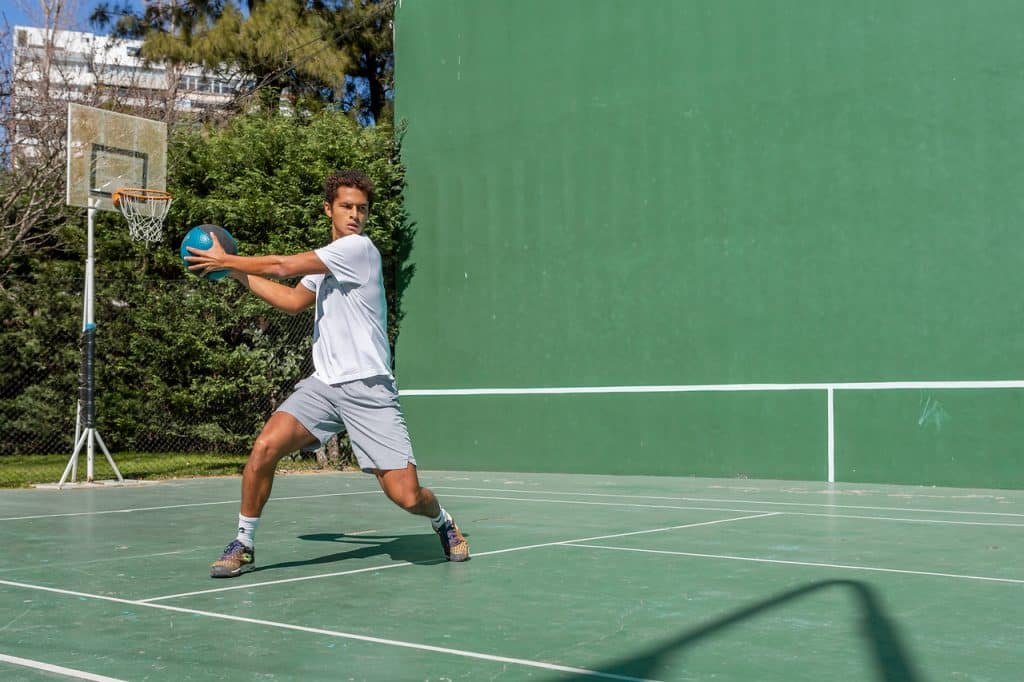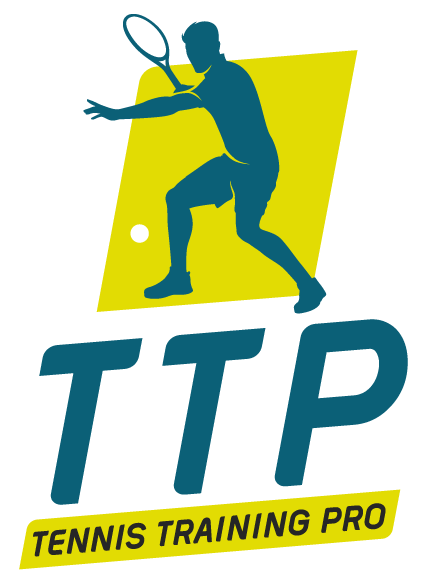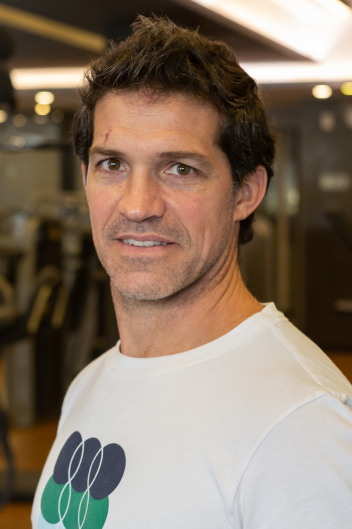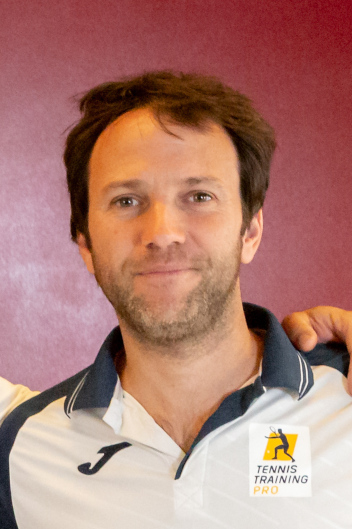Three Key Points for Strength Training in Tennis
21 de January, 2020
Each sport has its own specific characteristics, so when planning our strength training for tennis or to know if we are training correctly, I recommend keeping in mind three basic concepts to achieve maximum performance:
• Using the right amount of strength
• Agonist/antagonist muscle balance
• Transfer power to a specific stroke
Author: Matias Rizzo TTP ®
Using the right amount of strength
Strength manifests itself in many forms. For example: maximum strength is the ability to move as much weight as possible at a time. Strength-resistance involves moving a certain weight many times during a sustained period of time. Explosive strength or speed strength is the force applied in the shortest possible time, i.e. the relationship between strength and speed.
In tennis, what we need to stimulate the most is explosive strength: the ability of the muscles to quickly produce the maximum possible force (Verkhoshansky, 1986). This occurs in a sprint or fast start, in the phase of loading and pushing the legs during the serve or in the speed with which we move our arm and hand during a forehand or backhand. It is a determining factor in our sport performance and it depends on the correct relationship of two variables: strength and speed. If we make fast movements with very light loads which are below the load threshold (low weight, high speed) or slow movements with very high loads (high weight, low speed), we are not training the maximum explosive force. Therefore, we would be following the wrong kind of training.
Having said that, one way to systematize the intensity is to establish the relationship between the number of repetitions and weight. Different authors argue that, for each number of repetitions, there is an established and effective training threshold regarding the maximum possible weight to be moved in ten, five, three and one repetitions.
For 10 repetitions, the most effective load is between 70 and 80% of the maximum weight for 10 repetitions (equivalent to 50 and 60% of the maximum weight for one repetition). For example, if we manage to do 10 repetitions with a maximum of 100 kg, we cannot do 11 repetitions. When we train, we should do 10 repetitions with 70 kg to keep within the appropriate training threshold.
• For 5 repetitions, the load is between 80 and 90% of the maximum load in 5 repetitions.
• For 3 repetitions, the load is 85 / 95% of the maximum load over 3 repetitions.
• For 1 repetition, the load is 95%.
Agonist/antagonist muscle balance
Due to its biomechanics, tennis is an asymmetric sport that generates great imbalances in strength and, consequently, in joint mobility. For that reason, strength training in the gym must be planned according to specific guidelines. It is important to maintain a ratio of 1/1 or 1/2 for each muscle group. For example, when it comes to quadriceps exercises, we recommend doing a hamstrings exercise (1/1 ratio), such as single-leg bench squats and single-leg deadlift.
Here is German tennis player Daniel Altmaier doing a series of exercises with the appropriate agonist/antagonist balance
On the other hand, if we do an exercise like flat bench press, we have to do two exercises for the posterior muscles of the upper limbs, such as bench rowing and dumbbell rowing. This is because, in tennis, we build much more strength in the horizontal flexor muscles of the upper limbs, i.e. the muscles of the anterior shoulder region. This way of planning upper body exercises is implemented together with an adequate preventive plan to avoid injuries.
Specific transfer
Once the strength training is completed, we have to make a specific transfer for the stroke we are seeking to improve. When we train for strength, a neural mechanism called motor unit recruitment takes place in the muscle fiber; in order for the muscle to be able to move the weight that we demand in the exercise, the brain gives an order to a certain number of muscle fibers “recruiting” them to make the effort.
It is at this point that we must “teach” our muscles which fibers we want to train and in what technical way.

Juan Pablo Varillas doing a specific transfer exercise for an open-stance forehand with a medicine ball of 2 kg
We said earlier that tennis is a sport in which the main manifestation of strength is of an explosive nature. Good. So, we need to stimulate the fast fibers and the explosive fibers. After any exercise of strength, we need to do a jump, a throw, an explosive technical stroke, or both, as a form of specific transfer. For example, doing a jump (plyometrics) with a forehand, a reverse forehand drive, a split step and maximum speed in front. All of this, of course, should be done not forgetting the technique of the stroke made, because we are working on our motor engram and that will be reflected on the court when executing a stroke.
In conclusion, in the gym, we recommend training the explosive strength keeping within the appropriate training threshold, and also keeping the perfect balance between agonist and antagonist movement to later make the specific transfer to the stroke. It is important to use explosive strength for jumps in the case of the lower body and throws for the upper body, and to finish with an explosive and correct execution of a forehand, a backhand, a serve, and an inverted forehand.

 ES
ES EN
EN PT
PT



